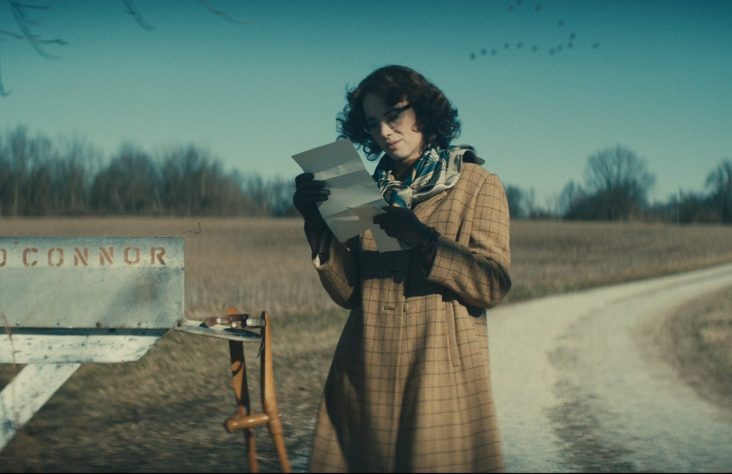February 19, 2013 // Uncategorized
The art of grieving
As I entered the cavernous gymnasium where I was to speak to a group of men and women, all of whom had lost a child to miscarriage, stillbirth or infant death, I saw the small group gathered together in the corner around a horseshoe-shaped table arrangement. Each of the participants of this daylong workshop for bereaved parents was bent over their workspace intently working on a project.
When I spoke with the coordinator of the workshop that was designed to provide hope for grieving parents, she explained that the group was engaged in creating an ornament to honor their baby and that the process of creating these memorials was a meaningful analogy to grief itself.
I watched each participant work with glue, torn bits of paper, photos and glitter, with the realization that the coordinator was absolutely right. What was visibly apparent during this activity was the chaos of the process of creation.
Each bereaved parent had to make some individual choices — choices that might represent the decisions with which they are faced, sometimes daily, on how to design and shape their own grief journey.
What shape Styrofoam ball would form their idea of memory for the ornament might parallel the ability to identify their own personal style of mourning — the basis for healing of hearts. Choosing the color of torn paper they would use and how would they apply it to the ball might reflect the need to discover healthy ways to express their grief. And how they would fashion the photos and glitter to create just the right look for their memorial ornament speaks to the simple acts that allow them, and hopefully gives permission to others, to mourn individually and collectively for that which they have lost.
Following each of these artful choices the participants made the decision to act in an effort to move the activity forward. The tabletops were messy and littered, the hands of those grieving parents were sticky with glue, looking much like that of the disheveled spiritual landscape of any grief journey.
But in the end, after all the decisions had been made and the messy work accomplished, beautiful individually designed ornaments emerged. The fortitude it took to keep each bereaved parent on task brought him or her to a meaningful conclusion, much like the work of grief brings the bereaved in due time into a “new reality” where the memory of their lost loved one finds it’s rightful place.
My own experience with art in grief began years ago following the sudden death of my husband, Trent. Many of my young nieces and nephews found meaning and solace in their grief by drawing picture stories showcasing amazing landscapes dotted with angels and swing sets. Some were placed in the casket for my dear husband to take with him on his heavenward journey and others were gifted to me in a show of sympathy and solidarity. Twenty-three years later, I still cherish the crayon stick figures that spoke of the shared sadness of that time. In the simple art of those precious children we all found life.
I have since come to appreciate the use of art in so many grief support situations. A significant part of a grief education presentation I have given over the years for those who have lost a spouse includes a quiet time to reflect on where the participant is in the present moment on his/her grief journey and then time to draw that feeling. I have been continually edified by the responses that emerge.
Even with protests of “I can’t draw” or “I’m not an artist,” this activity moves us to the creative right brain domain where logic takes a back seat. When we draw, paint or create we reach deep into a place where we can let go of our logic and simply feel, even play a bit with our grief.
Many seminar participants have drawn boxes in which a small stick figure sits. Others design a path leading to heaven. One gentleman, when asked to share his drawing, showed a blank page, offering profoundly, “I don’t know where I am.”
I have learned that these artful activities heighten our awareness of how we’re feeling at any given point in our grief. And they can provide a healthy outlet for the expression of that grief.
So just as the activity I witnessed with such awe at the parent loss workshop that day mirrored the messiness of the grief journey, artwork can also offer one way to find the hope of healing in the chaos of grief. And what a meaningful way to mark our journeys!
So I’d like to propose this proverbial question: does art imitate life or the other way around? A little of both I hope.
The best news. Delivered to your inbox.
Subscribe to our mailing list today.





